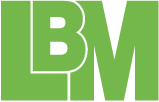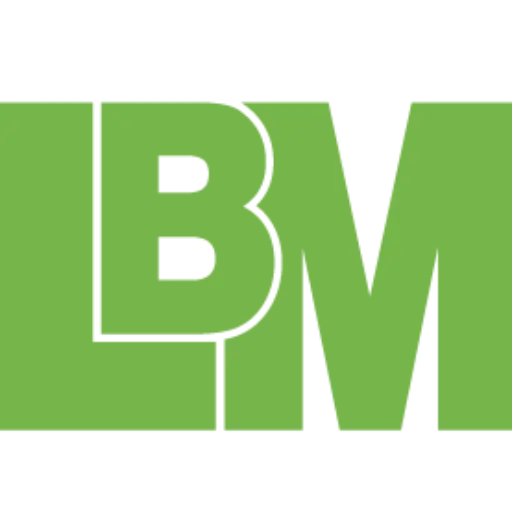- Mon - Fri: 8.30 AM - 5:00 PM
- 26565 Agoura Rd., 200, Calabasas, CA 91302
- 818-884-8075

What Happens When a Customer Files for Bankruptcy? A Guide for Business Owners and Creditors
What Are Two Types of Bankruptcies? Understanding Chapter 7 and 13
What are two types of bankruptcies that individuals commonly consider when facing overwhelming debt? Chapter 7 and Chapter 13 are the most frequently filed options, each offering a unique approach to debt relief based on your income, assets, and financial goals. In this guide, we’ll break down how these two bankruptcy types work, how they differ, and which one may be the right fit for your financial situation.
Understanding Personal Bankruptcy
Bankruptcy is a legal process that allows individuals to eliminate or restructure debt under the protection of the U.S. Bankruptcy Court. It’s governed by federal law, which means the process is similar no matter what state you live in.
People file for bankruptcy for many reasons:
- Job loss
- Medical bills
- Divorce
- Credit card debt
- Business failure
Understanding what are two types of bankruptcies—and the purpose of each—can help you make an informed decision about your financial future.
Chapter 7 Bankruptcy: Liquidation
Chapter 7 bankruptcy is the most common type of consumer filing in the U.S. It’s designed for individuals who don’t have the income to repay their debts.
Key Features:
- Known as “liquidation bankruptcy”
- Wipes out most unsecured debts like credit cards, medical bills, and personal loans
- Typically resolved in 3 to 4 months
Who Qualifies?
You must pass a means test, which compares your income to the median income in your state. If your income is below the threshold, you likely qualify.
What Happens to Your Assets?
In theory, non-exempt property can be sold (liquidated) to pay creditors. However, most filers keep everything thanks to state and federal exemption laws, which protect:
- A certain amount of home equity
- Personal property like clothing, furniture, and retirement accounts
- A vehicle up to a set value
Debts That Are Discharged:
- Credit card debt
- Personal loans
- Medical bills
- Utility bills
- Certain old tax debts
Some debts, like child support, student loans (in most cases), and recent tax obligations, are not dischargeable.
Chapter 13 Bankruptcy: Reorganization
Chapter 13 is a repayment-based form of bankruptcy that allows you to reorganize your debts and pay them over time.
Key Features:
- Known as “wage earner’s bankruptcy”
- Best for people with regular income who want to avoid foreclosure or catch up on missed payments
- Involves a 3- to 5-year repayment plan approved by the court
Who Qualifies?
To file Chapter 13, you must:
- Have enough income to make monthly plan payments
- Have debts below specific limits (updated periodically by the courts)
- File all required tax returns
Benefits of Chapter 13:
- Stops foreclosure and allows you to catch up on mortgage payments
- Protects assets that might be lost in Chapter 7
- Consolidates your debts into a single monthly payment
At the end of the plan, any remaining eligible debt is discharged.
Key Differences Between Chapter 7 and Chapter 13
Feature | Chapter 7 | Chapter 13 |
Eligibility | Must pass means test | Must have regular income |
Timeline | 3–4 months | 3–5 years |
Debt Type | Discharges most unsecured debts | Reorganizes secured & unsecured |
Asset Protection | May lose non-exempt property | Keep assets with repayment plan |
Foreclosure Help | Stops temporarily | Can stop and cure arrears |
Cost | Lower attorney fees upfront | Higher fees, but may pay over time |
Credit Impact | Lasts up to 10 years on credit | Lasts up to 7 years on credit |
While Chapter 7 offers fast relief, Chapter 13 is more flexible and helps protect homes, vehicles, and other valuable assets. Your choice depends on your unique situation.
Choosing Between the Two Types of Bankruptcy
So, what are two types of bankruptcies every consumer should understand? Chapter 7 offers quick debt discharge for those with low income and few assets, while Chapter 13 helps those with regular income catch up on debts through a structured repayment plan. Your eligibility and financial priorities—such as asset protection or stopping foreclosure—will determine the best fit. Speaking with a qualified bankruptcy attorney ensures you’re choosing the most effective path for long-term financial recovery.
Need Help Choosing Between Chapter 7 and Chapter 13 Bankruptcy?
Still wondering what are two types of bankruptcies and which one is right for you? Legal Brand Marketing connects you with trusted bankruptcy attorneys who can assess your situation and guide you through the entire process. Whether you need immediate debt relief or want to protect your property while repaying what you can, we’ll help you make an informed decision. Get started today with a free consultation.
Frequently Asked Questions (FAQs)
1. Can I switch from Chapter 13 to Chapter 7 if my income changes?
Yes. If you originally filed for Chapter 13 but can no longer afford the payments, you may be able to convert your case to Chapter 7—subject to court approval and eligibility.
2. Do both Chapter 7 and Chapter 13 stop foreclosure?
Both types can temporarily stop foreclosure, but Chapter 13 is designed to help you catch up on missed mortgage payments, making it more effective for saving your home.
3. How often can someone file for Chapter 7 or Chapter 13 bankruptcy?
There are waiting periods between filings. For example, you must wait 8 years between Chapter 7 filings and 4 years between a Chapter 7 and a Chapter 13 filing.
4. Is credit counseling required before filing either type of bankruptcy?
Yes. U.S. law requires all bankruptcy filers to complete a credit counseling course from an approved agency before filing, regardless of the chapter.
5. Can both Chapter 7 and Chapter 13 affect my credit score?
Yes. Both will appear on your credit report—Chapter 7 stays for up to 10 years, while Chapter 13 remains for up to 7 years. However, rebuilding credit is possible after discharge.
Key Takeaways
- Chapter 7 and Chapter 13 are the two most common forms of personal bankruptcy, each serving different financial needs and eligibility criteria.
- Chapter 7 provides fast debt elimination, while Chapter 13 offers structured repayment and asset protection for those with steady income.
- Understanding your income level, debt type, and asset value is key to determining which chapter best fits your financial recovery plan.
- Chapter 13 is often ideal for homeowners or individuals with valuable property, while Chapter 7 suits those with minimal assets and income.
- Bankruptcy isn’t the end—it’s a tool for financial reset, and knowing your options is the first step toward making an informed, strategic decision.
Contact Us
Recent Posts

Auto Accident Leads
What Happens When a Customer Files for Bankruptcy? A Guide for Business Owners and Creditors
Read More »
October 1, 2025



